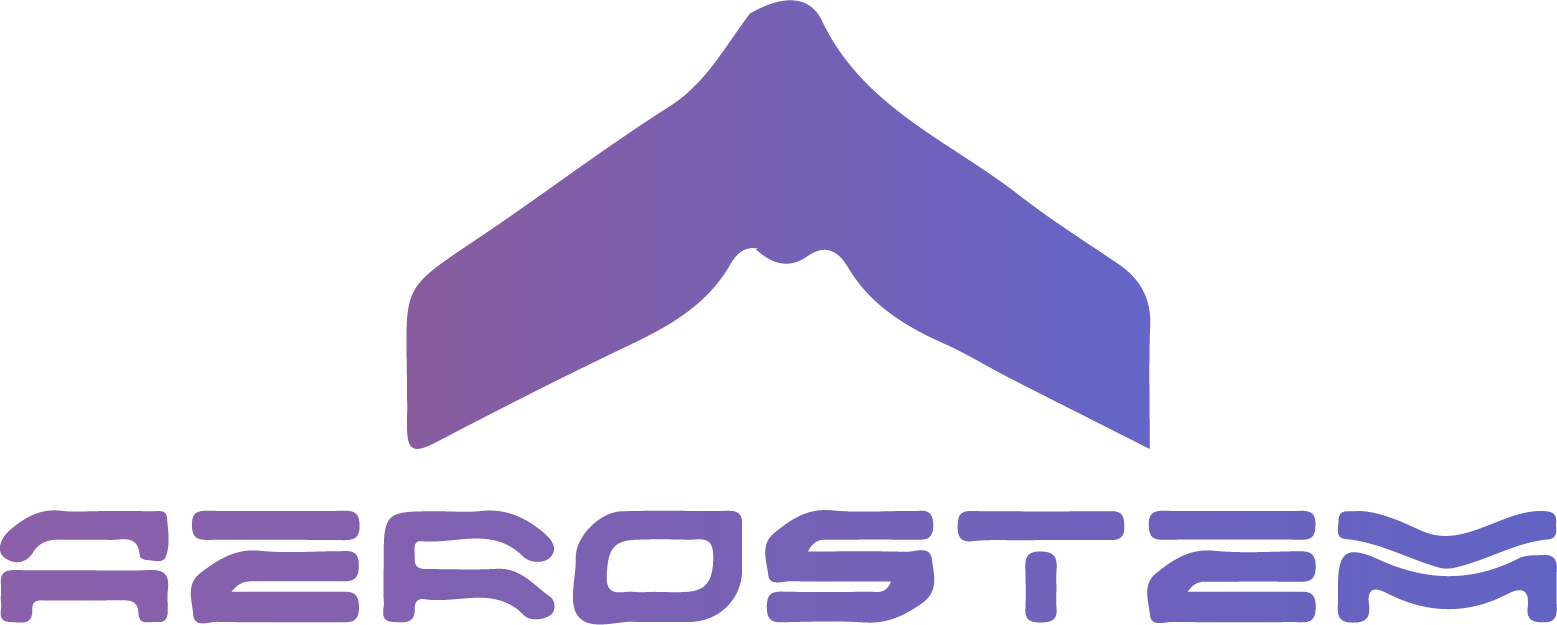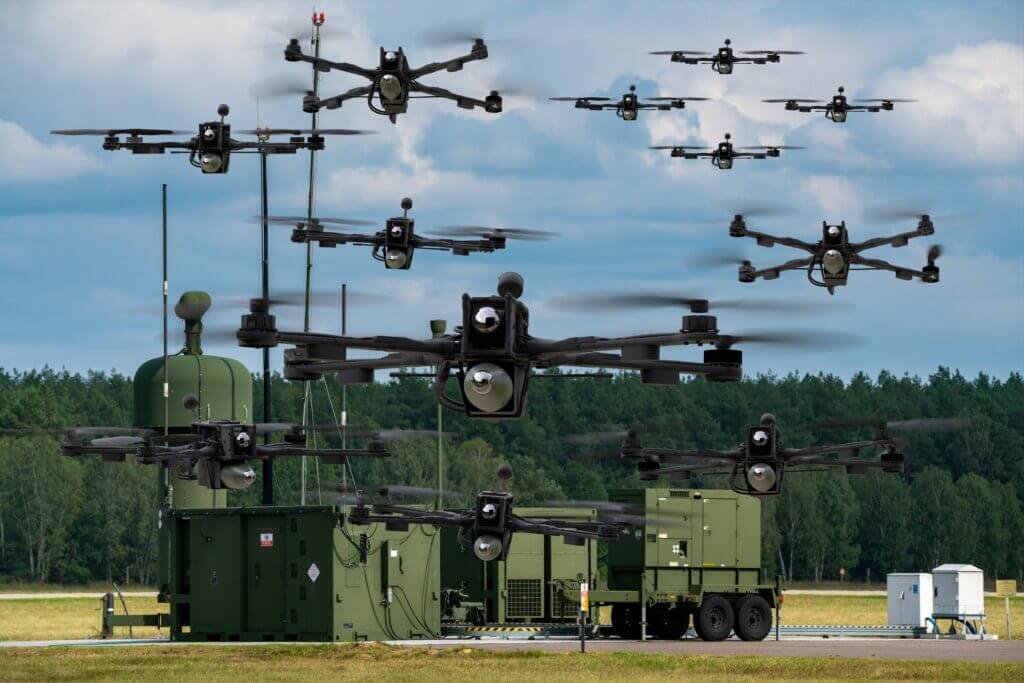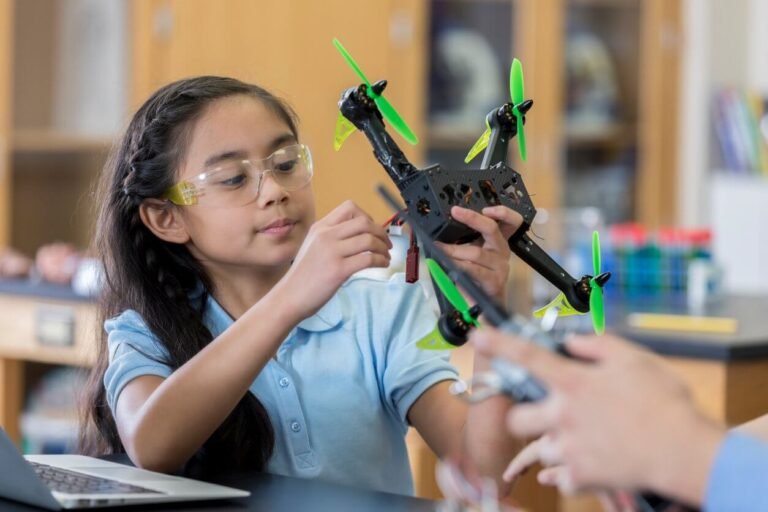Drone swarm technology is one of the most exciting breakthroughs in robotics, artificial intelligence, and autonomous systems. Unlike conventional drones that rely on manual control or pre-programmed flight paths, swarms are designed to work together as a coordinated unit. By mimicking the collective behavior of natural systems—such as flocks of birds, schools of fish, or colonies of ants—drone swarms can perform complex tasks that are difficult or impossible for a single drone to achieve.
The concept is built on the principle of collective intelligence. Each drone in the swarm is relatively simple on its own, but when combined with dozens or even hundreds of others, they create an intelligent, adaptive system. This allows them to cover large areas, respond quickly to changing environments, and continue functioning even if individual drones fail.
Industries such as defense, agriculture, logistics, disaster management, and environmental research are actively exploring swarm technology to improve efficiency, reduce costs, and tackle large-scale challenges. As the technology matures, we are likely to see drone swarms becoming a part of everyday life—from monitoring crops and delivering goods to conducting life-saving search-and-rescue missions.
What is Drone Swarm Technology?
A drone swarm refers to a group of drones that operate collectively using AI and communication systems. Instead of receiving commands individually, they interact with each other in real time to complete missions as a unified system.
How Does Swarm Technology Work?
- Decentralized Communication – Drones share data without depending on a central controller.
- AI Algorithms – Enable autonomous decision-making and adaptive responses.
- Sensor Networks – Help drones detect obstacles, terrain, or objects of interest.
- Autonomy – Each unit can operate independently but supports the group’s goal.
Frequently Asked Questions
- Defense and Security – Surveillance, mapping, and coordinated missions.
- Agriculture – Crop health monitoring, precision spraying, and pest detection.
- Disaster Response – Search-and-rescue operations, supply delivery, and damage mapping.
- Environmental Monitoring – Wildlife tracking, forest inspection, and pollution assessment.
- Commercial Uses – Drone light shows, package delivery, and infrastructure inspection.
- Scalability – Deploy dozens or hundreds of drones.
- Efficiency – Complete large tasks faster.
- Resilience – Failure of one drone doesn’t stop the mission.
- Adaptability – Reacts to environmental changes in real time.
- Communication Interference – Risk of signal jamming.
- Cybersecurity Risks – Vulnerability to hacking.
- Ethical Issues – Autonomous weapons raise concerns.
- Regulatory Barriers – Airspace laws still evolving.
Conclusion
Drone swarm technology blends artificial intelligence, autonomy, and collaboration to unlock new possibilities across industries. While there are challenges related to security, ethics, and regulations, the benefits—ranging from improved efficiency to life-saving applications—make it one of the most promising technologies of the future.
Just as nature shows us the power of collective intelligence, drone swarms prove that many working together can achieve more than one alone.


